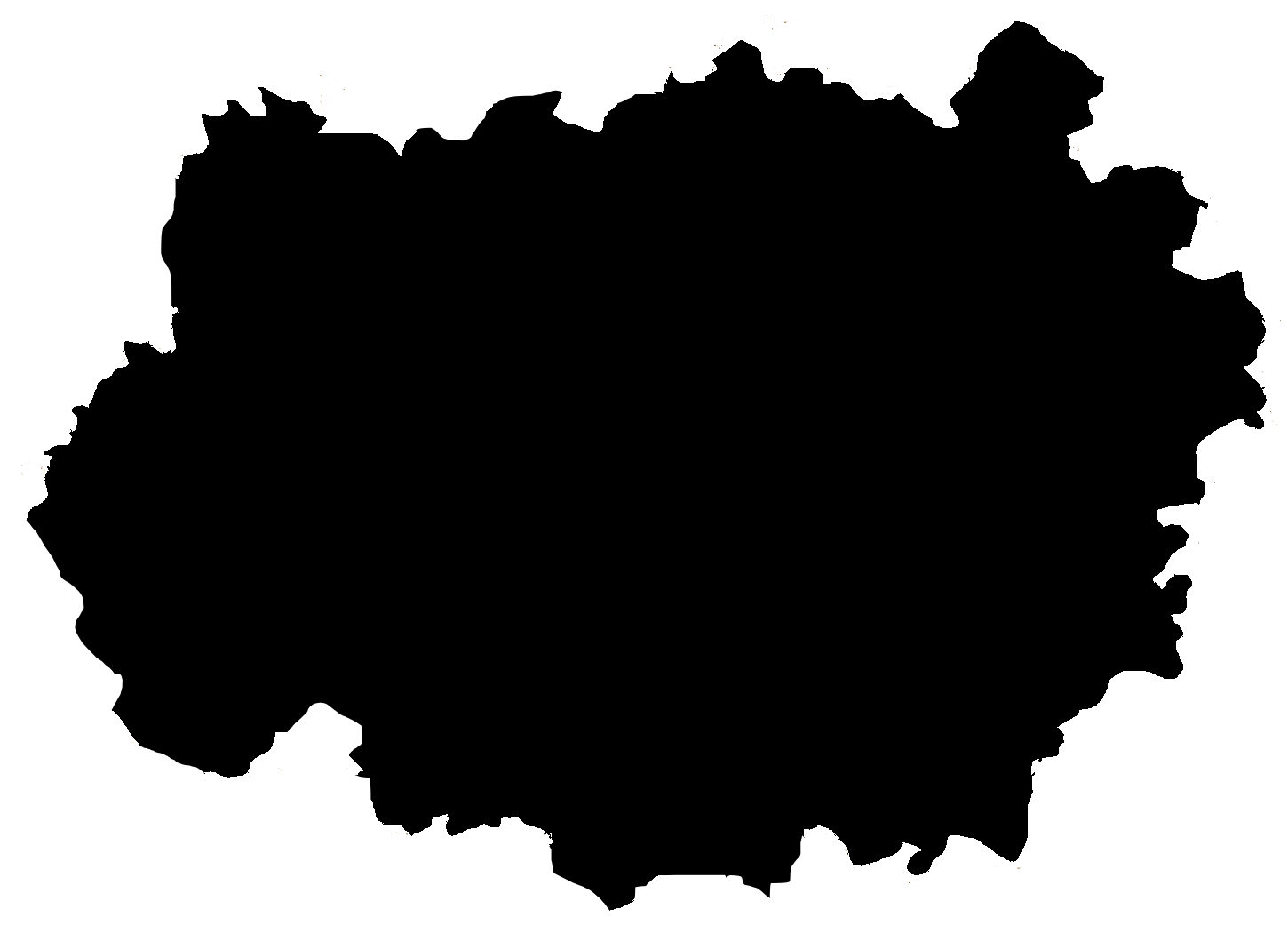While deep maps are framed in geographical terms, the topics of this project comprise an ungeographic cartography of black women in martial art and their invisible diaspora aesthetic experience that could be described as an undiscovered country.
The digital deep map is a digital encounter of the TEMPLE project research which ‘has implications for how audiences…assess the research…and…[discern] what the research is taken to mean…[G]raphics’, animation, design, video and sound acquire argumentative force and become part of the research’s quest for meaning.’ 1 The TEMPLE project navigates through the entangled terrain of diaspora experience in an attempt to excavate uncharted material in ungeographic terrain.
Conceptualized as a 3-dimensional topography and 4-dimensional experience, visitors to the installation encounter videos and audios that depict Canadian black women, who are high level and elite black belt martial artists. They will also encounter short animated visualizations of global historical, women characters who have fought in resistance movements across several centuries using martial art and warrior tactics. The TEMPLE installation including this website formulates an architectural space, a place of communication, a diaspora in-between, and an interstitial, conscious unconscious environment. Using multi leveled, virtual interface, it is concerned with bringing resistance histories to move amongst other histories, across a range of time periods, through several perceptual mediums. ‘Most information visualizations are acts of interpretations masquerading as presentation. In other words, they are images that act as if they are just showing us what is, but in actuality, they are arguments made in graphical form.’ 2 The argument, encounter, dialogue, and interaction here are a preset of tools required in this excavation.
1 Jay David Bolter, 2008:4
2 Johanna Drucker, authors emphasis, Overview, (2014) Fig. 15-16
The batharitemple.net website and the AR tablet components in the project, were made possible by a creative, collaborative team of individuals.
